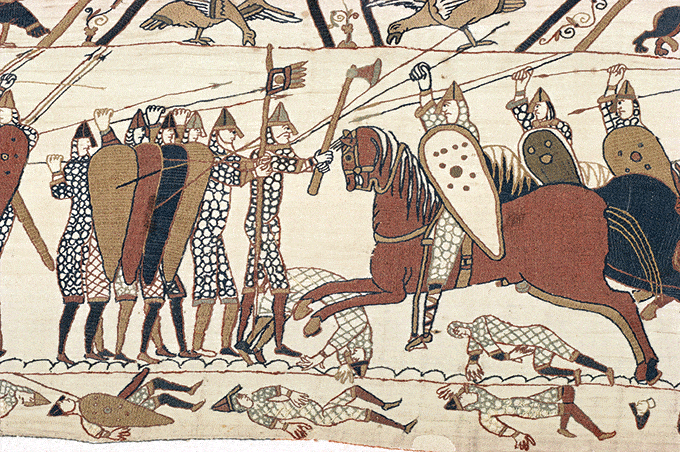
The 1529 Siege of Vienna
The closest Islamic armies ever came to conquering Europe was not in 732, when the Franks under Charles Martel defeated a Muslim army at the Battle of Tours. That had been a raid, not an attempted conquest. Nor was it in 1683, when forces under Polish king John Sobieski broke a Turkish siege of Vienna with a dramatic charge. By then, European armies had already gained a qualitative edge over the Turks that rendered Ottoman attempts to conquer Europe unrealistic. The closest Islamic armies came to conquering Europe was in 1529, when Ottoman Sultan Suleiman the Magnificent attempted to seize Vienna and use it as a base of operations for further advances.
In 1526, the Turks defeated the Kingdom of Hungary at the Battle of Mohacs, and annexed it to their growing empire. It was the latest episode in nearly a century of Ottoman conquests in eastern and central Europe. It brought the confident and expansionist Ottomans into direct contact with the Habsburg Empire along the Hungarian border.
In May of 1529, the Turks advanced from the Black Sea with an army of about 120,000 combatants, but things went bad from the start. Unusually heavy rains turned the routes of advance into seas of mud, in which and the heavy siege artillery got stuck and had to be abandoned. The inclement weather also wreaked havoc on the soaked troops’ health.
A significantly weakened army arrived before Vienna in September, and put it to siege. The defenders, about 20,000, were greatly outnumbered by the Turks. However, they were sheltered behind strong walls and fortifications, which proved more than capable of withstanding bombardment by the Turks’ light field pieces. The heavy siege guns abandoned in the mud en route were sorely missed by the besiegers.
The Ottomans attempted to bring down the walls by mining, but were foiled by effective countermining. Numerous attempts to storm the walls were beaten back by the defenders shooting down the attackers with arquebuses, and long pikes that were used to push back scaling ladders and those who made it to the top of the walls. The Turks’ woes were worsened by more heavy rains in October, which fouled much of their gunpowder.
Suleiman ordered a final all out assault in late October, but it was beaten back. So the siege was lifted, and the Turks withdrew. The retreat turned into a disaster when winter snows arrived early and caught the Ottomans out in the open. Many died, and all the remaining artillery had to be abandoned. An abortive attempt at seizing Vienna was made in 1532, but after it failed, Suleiman gave up on conquering Europe. Thereafter, Turkish efforts were diverted to Asia and the Mediterranean.
What made the Turks’ failure decisive is that it was the closest they ever came to conquering Europe. Politically, Europe in 1529 was rent by wars of religion between Protestants and Catholics. Moreover, European armies had not yet undergone the Military Revolution, with its innovations in tactics and strategy that would give western armies a qualitative edge for centuries to come.
The Ottomans would make another unsuccessful and better known attempt to seize Vienna in 1683. By 1683, however, even if they had managed to seize the city, it is unlikely that they could have advanced much further into Europe, or even held on to Vienna for long. Thus, the failure in 1529 proved to be the Ottoman Empire’s high water mark in the west.

